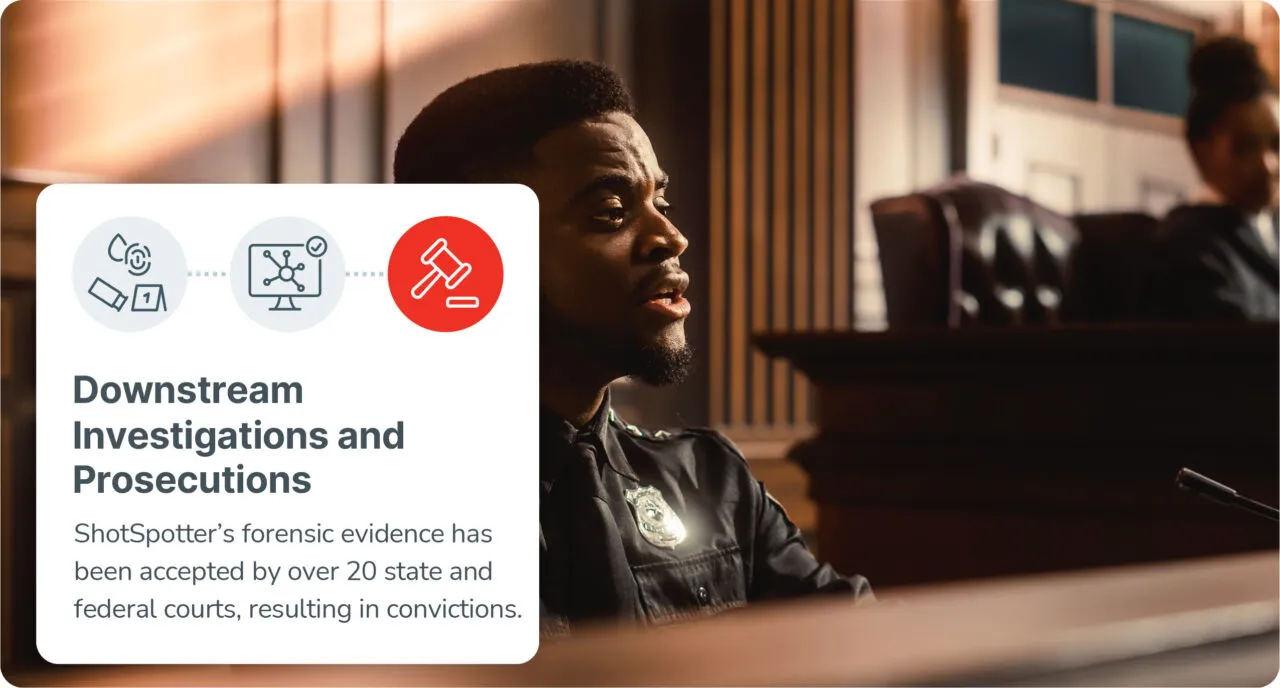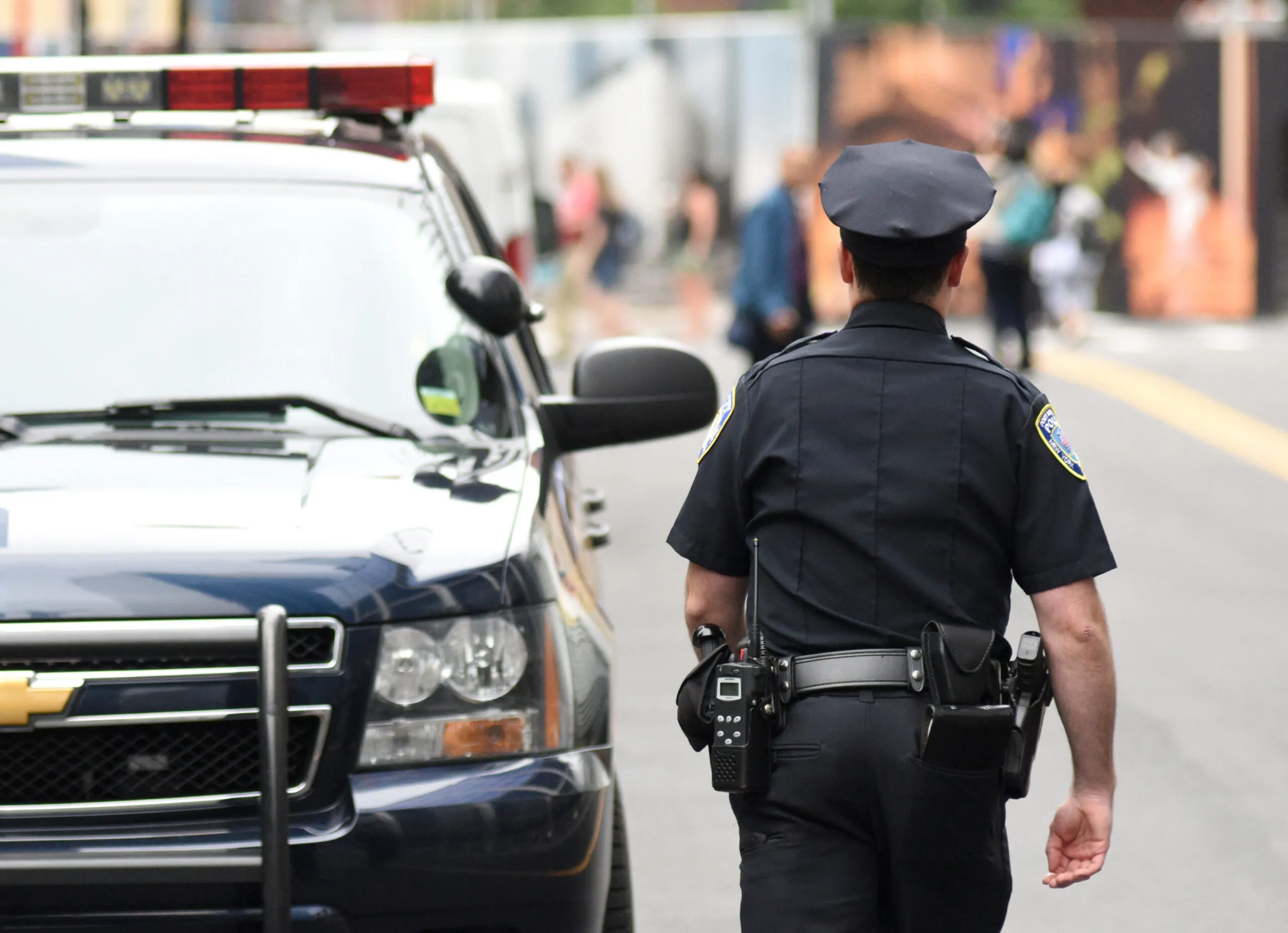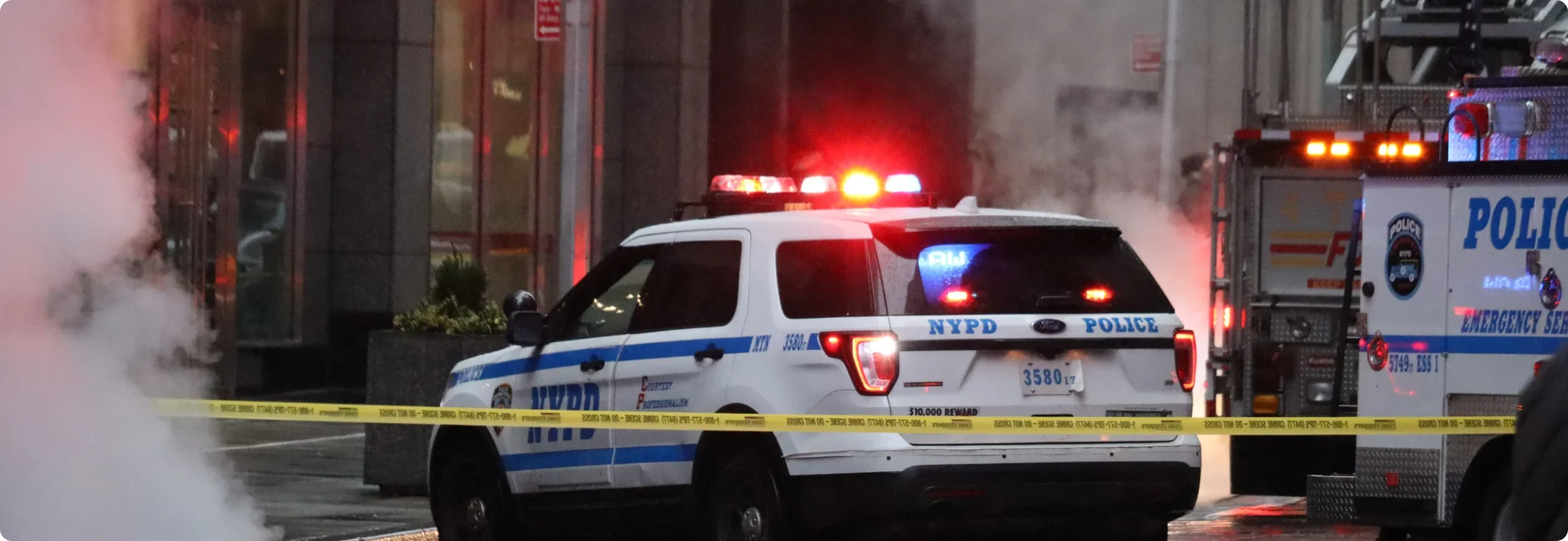As CEO of SoundThinking, it is my privilege to lead a company that makes communities safer by detecting, locating, and alerting first responders to gunshots in real time. What makes this work so critical is that 80-90% of criminal gunfire in our hardest-hit communities goes unreported via traditional 9-1-1.

This unfortunate but grim reality means many gunshot wound victims do not receive the immediate aid that could save their lives. But even more fundamentally, it means residents in these communities are victimized TWICE. Please let me explain.
Those fellow citizens are first victimized by persistent exposure to gun violence, denying them their fundamental right to live without fear of harm. We have all heard the tragic stories of caregivers putting their kids to sleep in the bathtub or not being able to enjoy a warm spring evening on the stoop for fear of gun violence. Pediatric research also shows the damaging effect on children and adolescents exposed to continual community gunfire that somehow has become “normalized.” This ongoing trauma is often accompanied by lifelong emotional, learning, and even physical negative consequences.
And those same residents are then victimized for a second time when first responders–who are sworn to serve and protect—do not show up when needed as guardians because they do not even know about those gunfire events. By not showing up, the already fissured relationship between police and communities is further strained.
Not showing up creates a perception that they are not responsive and do not care for the communities they are, in theory, supposed to serve and protect.
The term “benign neglect” comes to mind, where institutions take a non-interfering stance toward a particular issue or group without engaging in any intervention. Though possibly not done in a malicious way, rather through ignorance, it can still result in significant harm.
This has been my passion for more than a decade but what keeps me so committed to this work is not only the technology innovation (a subject for another blog post) but also the operationalization of the technology and data for more than tactical response. We can use real-time criminal gunfire alerts to drive large positive social outcomes. I want to shed light on the invaluable role gunshot data can play beyond real-time alerts; indeed, it is critical to help inform and design effective policies and tactical interventions to combat the complex problem of gun violence.
On the complex problem of gun violence – we must first acknowledge that gun violence is a multifaceted issue with far-reaching consequences. It demands a multi-pronged approach that includes law enforcement, community engagement, and policy reforms. At the heart of this approach lies the power of technology and data – specifically gunshot data. Here’s how it can make a
difference:
- Real-Time Insights: Gunshot detection technology, like ShotSpotter, provides law enforcement with real-time data on gunshot incidents. This information is crucial for immediate response, ensuring that first responders arrive on the scene quickly, rendering swifter aid to victims, and potentially saving lives.

- Identifying Hotspots: By analyzing gunshot data over time, law enforcement can pinpoint areas with a high incidence of gun violence. This allows for the allocation of resources to specific neighborhoods that need it most.
- Community Engagement: Gunshot data can be shared with community organizations, enabling them to engage proactively with affected communities. By involving residents in the conversation and providing them with insights, we empower them to be part of the solution.

- Policy Design: Data-driven policymaking is essential for addressing gun violence effectively. Gunshot data can inform the development of policies related to gun control, public safety, and criminal justice reform. It helps policymakers understand the nuances of the problem and tailor solutions accordingly.
- Evaluation of Interventions: With consistent data on gunshot incidents, it becomes possible to assess the impact of various interventions. Law enforcement agencies and community organizations can measure the effectiveness of their efforts and adjust their strategies as needed.
- Downstream Investigations and Prosecutions: Research proves ShotSpotter alerts lead to increased physical evidence collection of shell casings, which can be processed through NIBIN as a part of a Crime Gun Intelligence Center helping connect the dots of various shooting incidents potentially tied to the same serial shooter. Digital ShotSpotter alerts provide evidence of the ‘when,’ ‘how,’ and ‘where’ of gunfire, along with an actual audio recording of the shooting. ShotSpotter’s forensic evidence, when combined with other evidence, has been accepted by over 20 state and federal courts, resulting in convictions for shooters, and has even been instrumental in exonerating innocent defendants.

Our most recent use case innovation is “ShotSpotter Data For Good,” where ShotSpotter gunfire data is shared with violence interruption and social service agencies to help direct non-enforcement resources to very specific areas, and at the times they need it most, to prevent further gun violence and mitigate its impact. When it comes to gun violence, an ounce of prevention really is worth a pound of cure.
Gun violence is a complex problem that requires a comprehensive approach. Gunshot data, provided by technologies like ShotSpotter, offers a critical tool in the fight against gun violence. By leveraging this data, law enforcement, policymakers, and community organizations can make informed decisions, allocate resources effectively, and design policies and interventions that truly make our communities safer. To work, though, it must be done with transparency, responsibility, and a commitment to addressing ethical concerns. Our Northern Star is focused on a future where gun violence is a rarity, not a daily reality.





